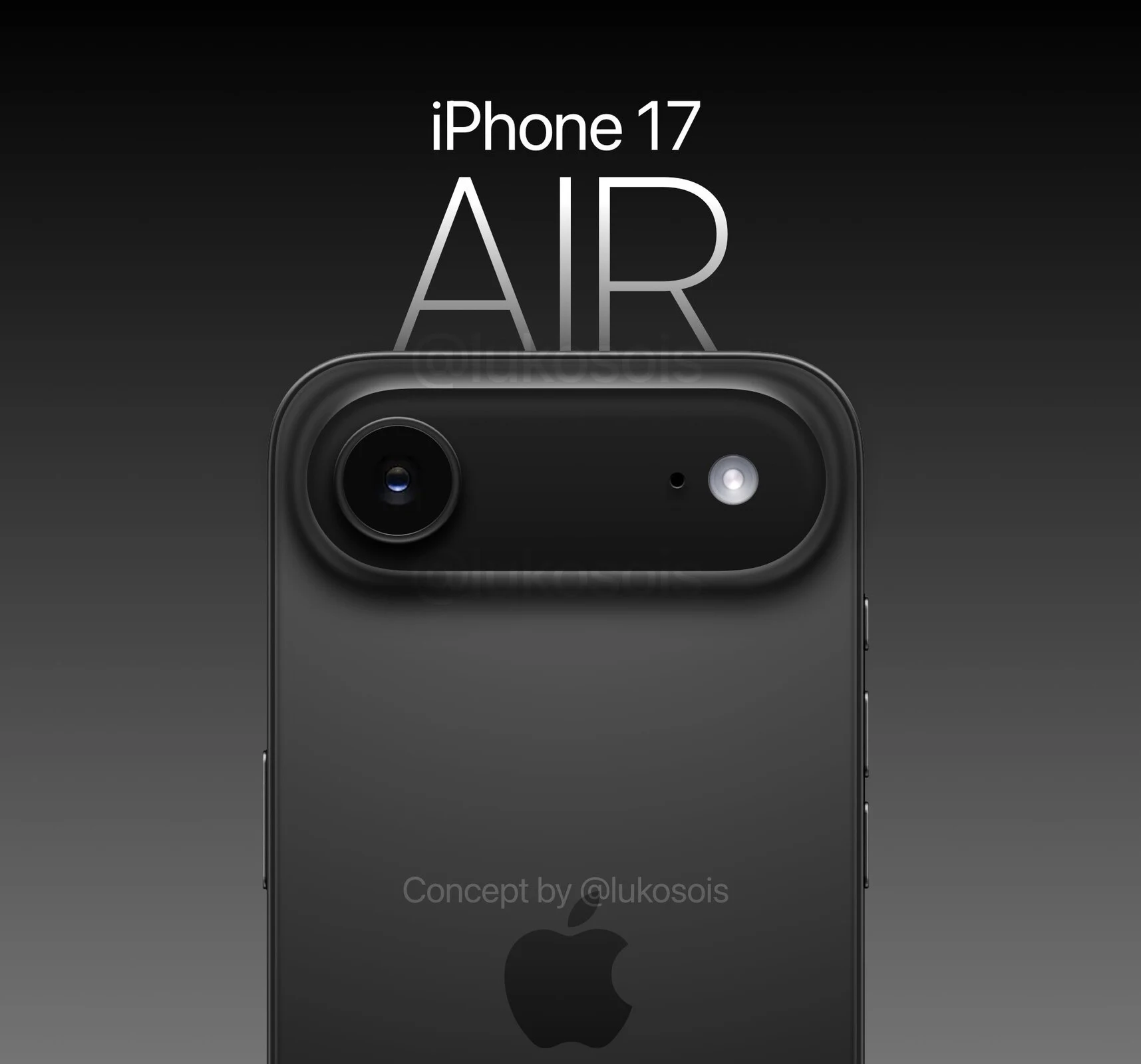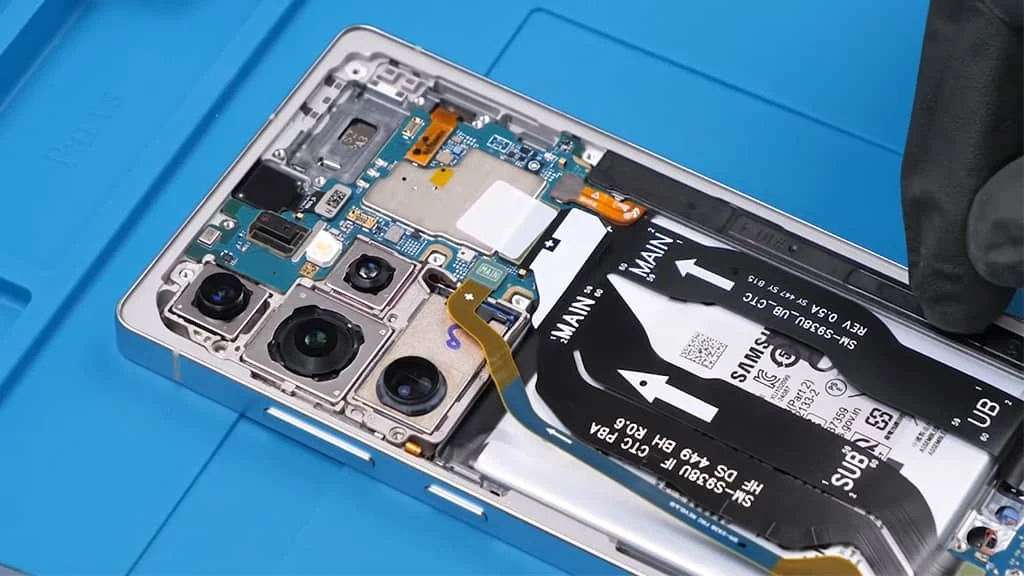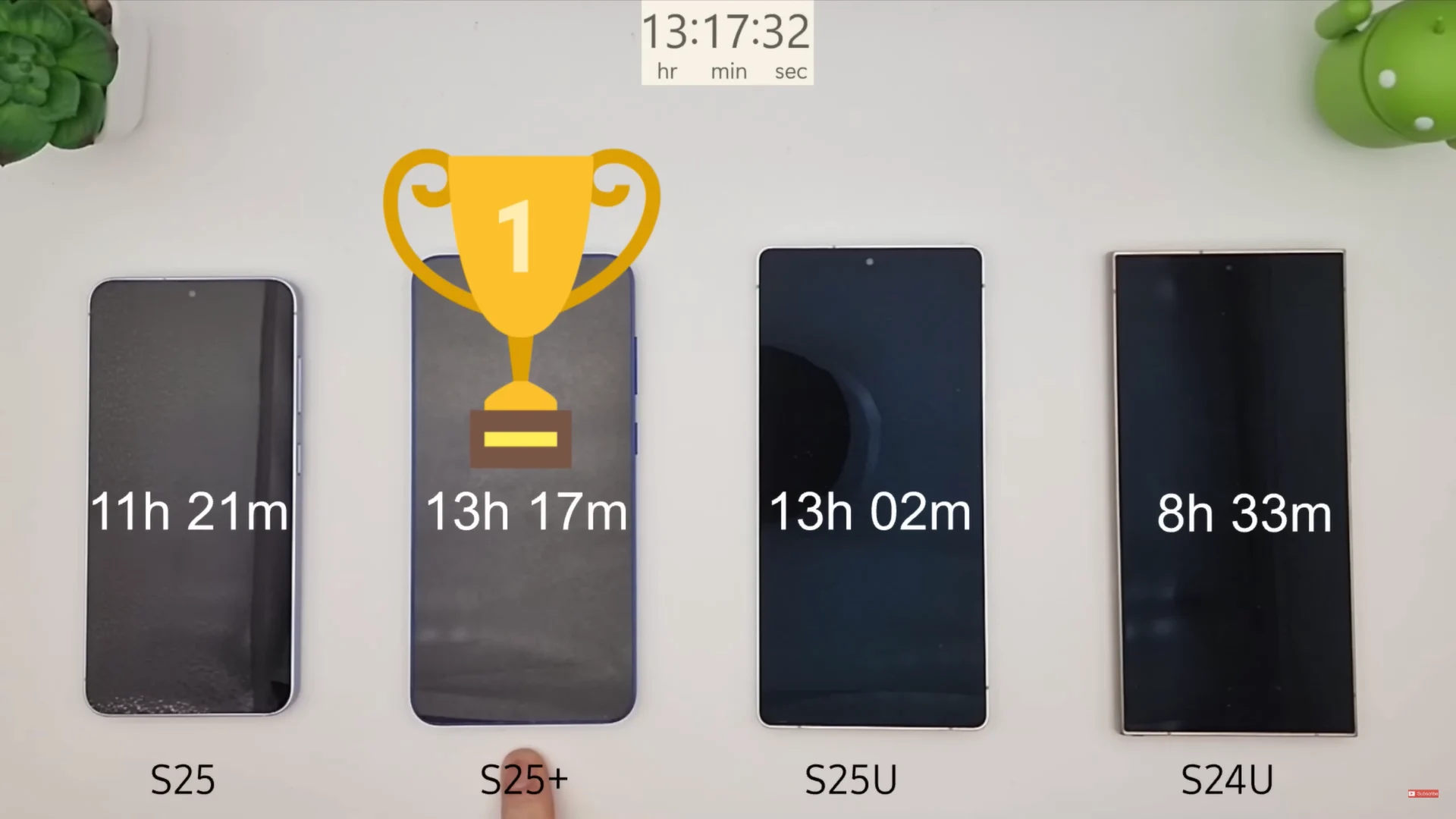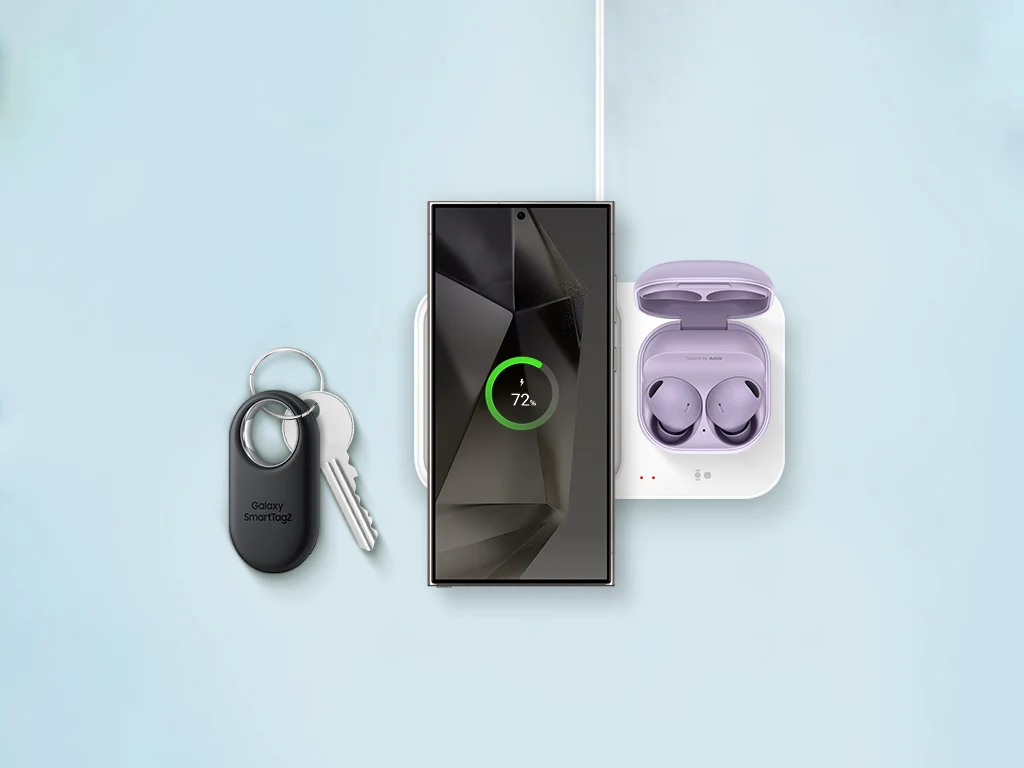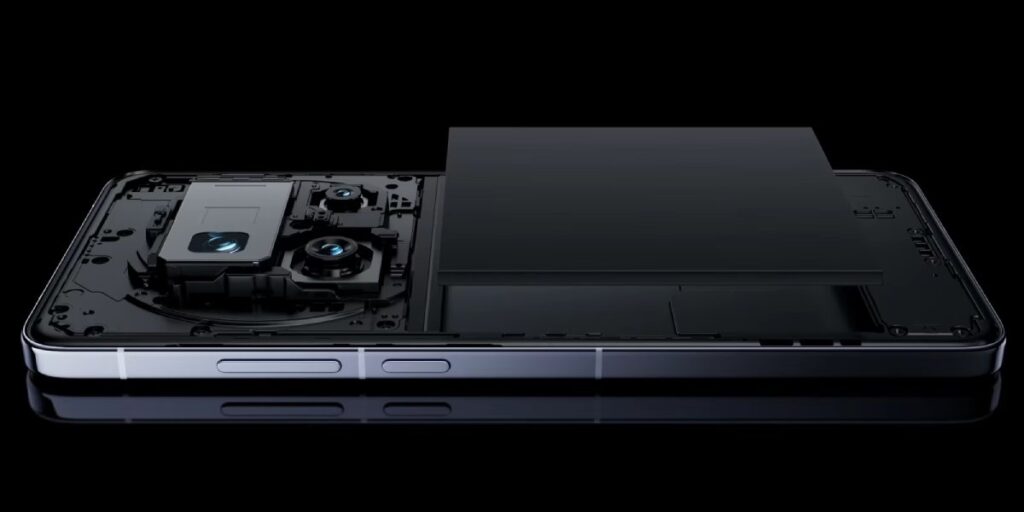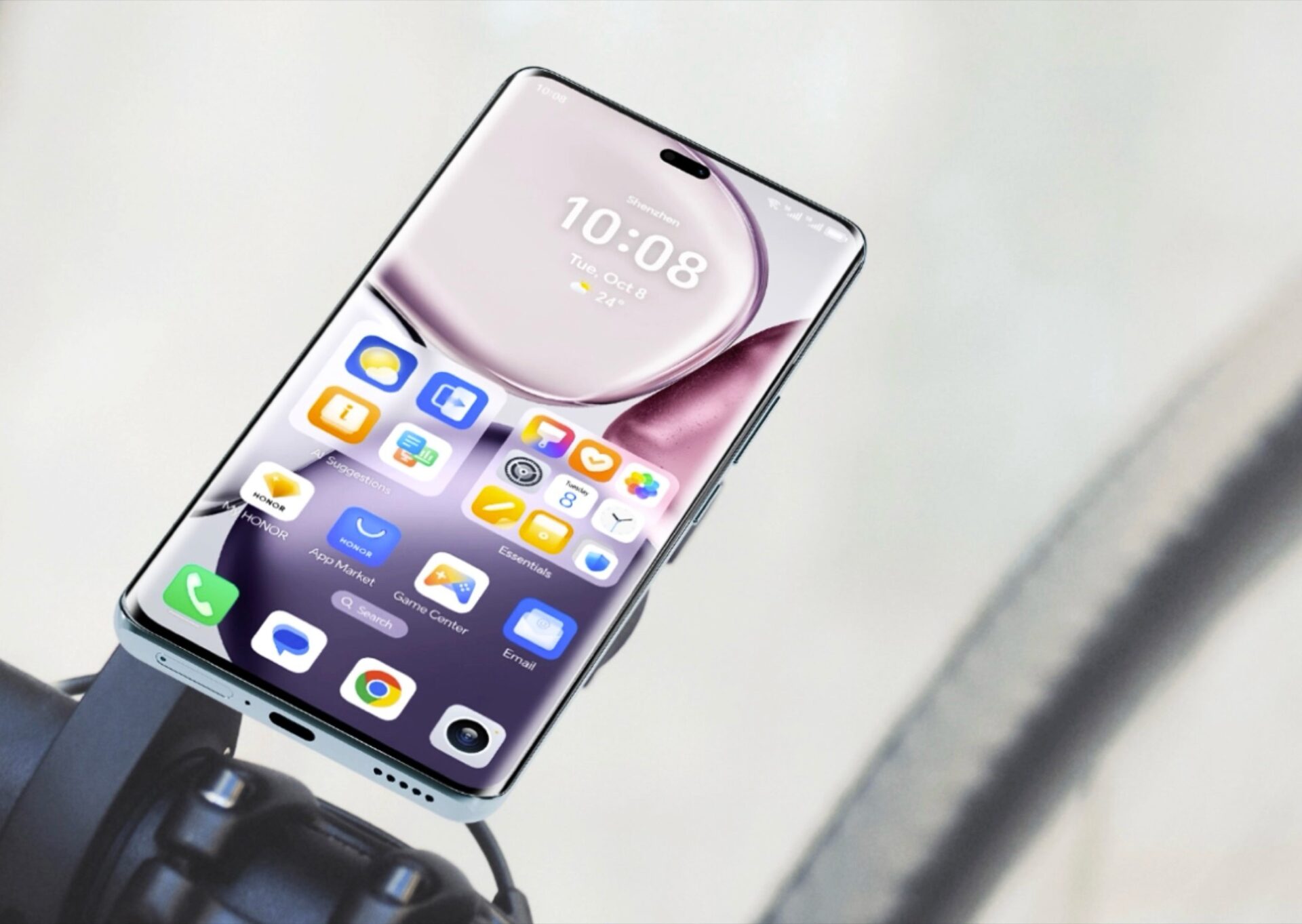Key Takeaways
1. The iPhone 17 Air is expected to be unveiled in September with a thickness of less than 6mm.
2. Apple may introduce silicon-carbon batteries in the iPhone 17 Air, which could enhance battery performance.
3. Silicon-carbon batteries offer higher energy density, leading to improved battery capacity compared to traditional batteries.
4. The iPhone 17 Air may have a larger battery due to its single rear camera design, potentially rivaling previous model capacities.
5. More information about the iPhone 17 Air’s battery is expected to be released soon.
The iPhone 17 Air is anticipated to be unveiled in September, alongside other models from the iPhone 17 series. Current details suggest that the device may have a thickness of less than 6mm. Typically, such a slim design could compromise battery life, but recent reports suggest that this might not be the case.
New Battery Technology
According to sources on Weibo, Apple might introduce silicon-carbon batteries in the iPhone 17 Air. It’s believed that both the iPhone 17 Air and the foldable iPhone expected next year could utilize this advanced battery technology.
Enhanced Energy Density
While this development might not sound groundbreaking at first glance, silicon-carbon batteries are known for their much higher energy density. Manufacturers such as Xiaomi, Honor, OPPO, and OnePlus have started using this tech, leading to significant improvements in battery capacity. For instance, the Xiaomi 15 was launched in China with a 5400 mAh battery, a considerable increase from the 4610 mAh battery of the Xiaomi 14 (available on Amazon).
Space for Improvement
Given that the iPhone 17 Air is likely to have just one rear camera, there will be additional room for a larger battery. The potential transition to silicon-carbon technology could allow for a battery that rivals that of the iPhone 16 (3561 mAh) or even the newer iPhone 16e (4005 mAh). While this is still speculation, more detailed information regarding the battery of the 17 Air should be coming soon.
Source:
Link

